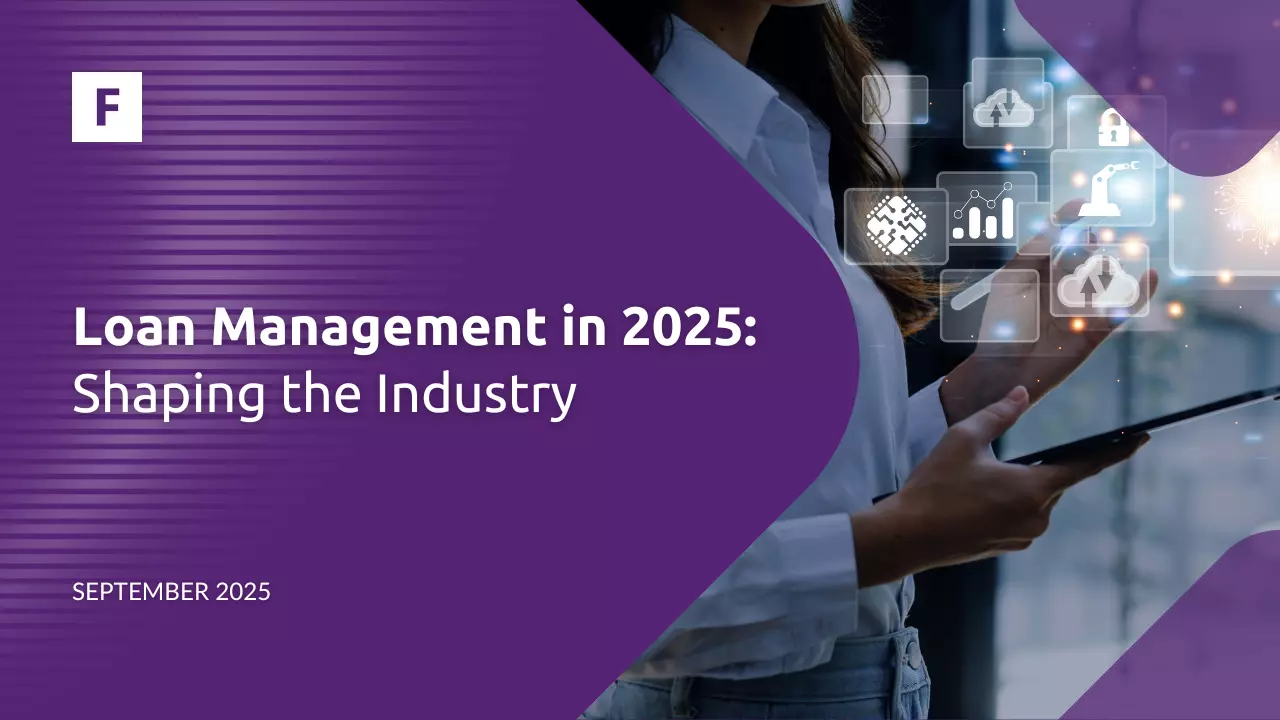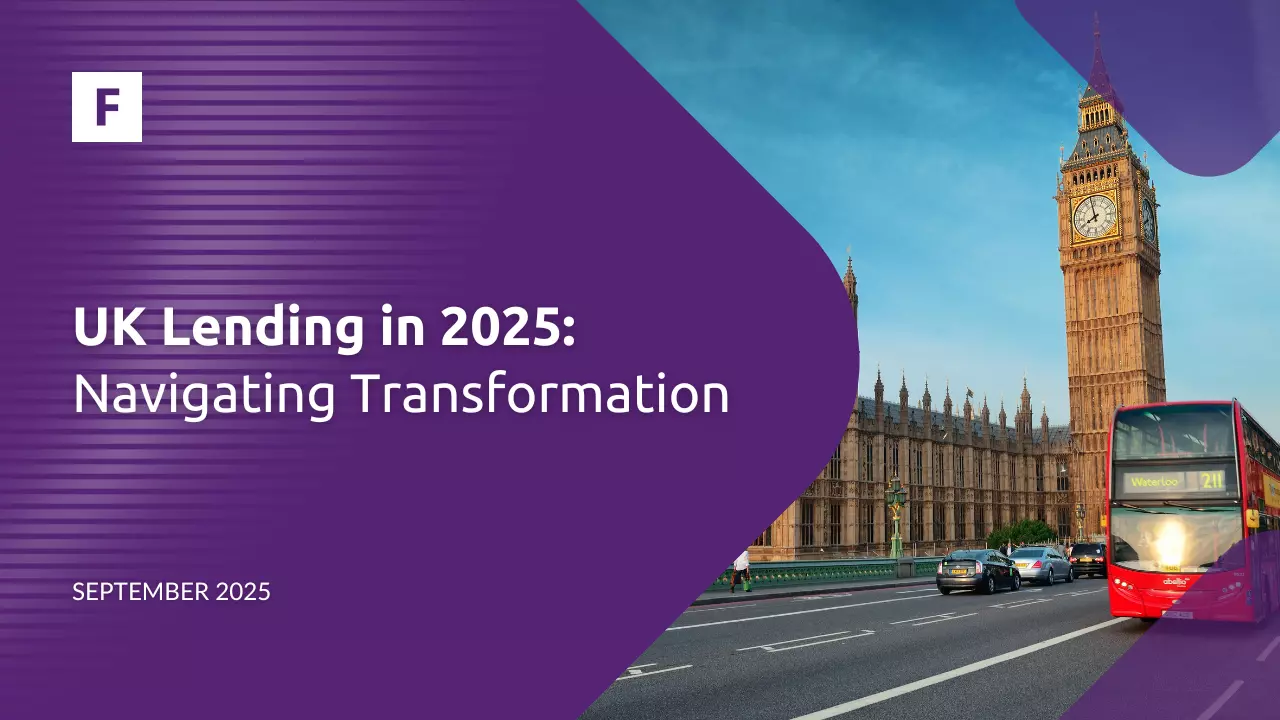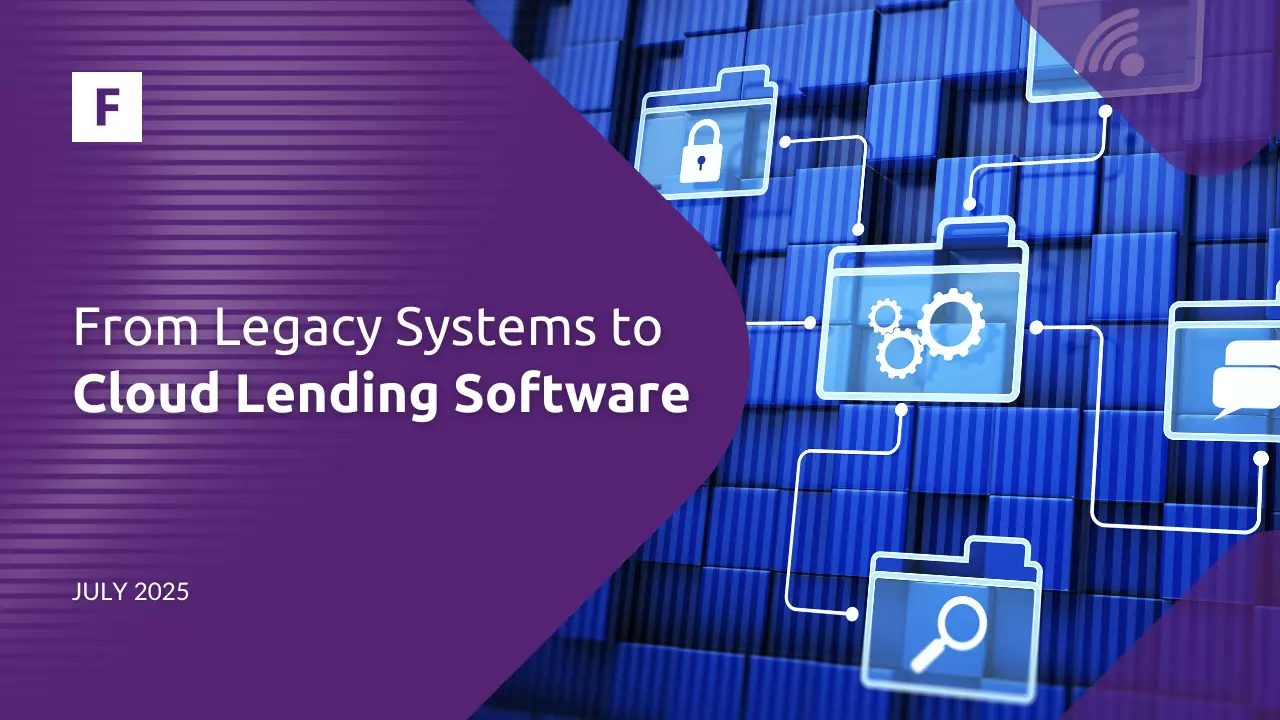As internet access and adoption are rapidly increasing worldwide, the number of digital buyers keeps climbing every year. Statistics on 2020 put the number of online shoppers at 2.05 billion(Statista). Last year the number of digital buyers in the world was at least 2.14 billion, which is about 27.08% of the entire human population. Sometimes digital buyers find themselves in a situation where they are ready to make a purchase mentally and emotionally, but financially, they cannot do it. Here money lenders and financial institutions step in. Nowadays, there are different ways to borrow money. For example, you can sign up for a credit card, take out a personal loan, or borrow against the equity in your home. However, lenders are coming out with new payment solutions to encourage end-users to make purchasing decisions. One popular concept in recent years is Buy Now, Pay Later (BNPL).
BNPL arrangements are point-of-sale (POS) installment loans that allow consumers to make purchases and pay for them at a future date. In a time of economic uncertainty, where not everybody can qualify for a credit card, BNPL is a relatively simple way to spread out payments. Consumers typically make an upfront payment and then pay the remainder off in a predetermined number of installments. Buy now, pay later has become a popular payment method among online shoppers, especially since the pandemics. Statistics show that 55.8% of consumers last year used BNPL services, and about a third of them used it at least once a month.
Advantages for consumers
Someone could ask why BNPL is globally so popular. Fortunately, there are many good reasons as you can see from the following. First of all, there is an overall shift among today's consumers away from traditional credit cards toward alternative payment solutions. Mainly it happens because alternative options are more user-friendly and won't leave a track to credit score. This trend is especially visible among younger people who are usually less financially insured, for example, twenty years ago, about 60% of Australian people between the ages of 20 and 35 owned a credit card, whereas that number is now for the same age group is less than 40%.
Another advantage worth mentioning is the ease of use that BNPL options have. The purchases using alternative payment methods could be made without friction during checkout, providing a simple shopping experience. Furthermore, customers can choose the payment plans that are suitable for them, and generally, they are interest-free, so that customers don't end up getting charged extra when using this credit option for the service or goods they are buying. Although it's important to mention that if the payment is late, the customer is charged often with pretty high fees. So the solution is the most beneficial if the repayments are made on time. A survey made by the Balance questioned more than 2,000 consumers to investigate their preferences between BNPL and Credit Cards. Surprisingly over half of the respondents prefer using a BNPL solution over a more traditional credit card.
Advantages for retailers
The BNPL is remarkably useful for retailers as well. The solution is primarily used for online shopping and it is mainly being used by retailers selling high-value goods or by those offering low-value goods, but whose aim is to increase conversions cart size, reach new customers and keep existing ones. RBC Capital Markets estimates a BNPL option increases retail conversion rates 20% to 30% and lifts the average ticket size between 30% and 50%. Not only will BNPL allow your customers to extend their payments over their chosen period, but they'll also be engaged with your company longer. Consumers tend to be more satisfied when they have more control over their purchasing decisions. Providing flexible payment systems and financing options is one way to empower your customers. That ultimately leads to better customer retention rates.
BNPL on Fintech Market
The Fintech Market platform makes it possible to configure the loan products to match the exact customer's needs, meaning to set the amounts, the number of installments, period, interest, etc. The system also supports the automatic creation of payment schedules based on the specific application and the product. Another important functionality is creating fees necessary for a respective customer's application. The platform enables lenders to set a credit limit for every customer based on their credit rating, affordability, and the internal algorithms (usually equivalent to a soft credit check), meaning one customer's credit limit might differ from another one's. Background checks are being carried out via various integrations, and two kinds of credit checks can be completed — hard and soft. Soft credit checks have no impact on customers' credit scores because they are not reported to the credit bureaus, whereas hard credit checks are. It is the choice of the financial service provider to choose which options are suitable for them, the platform does not prescribe a specific way. Altogether the configuration possibilities on the platform cover most of the consumer lending business needs.
BNPL is an increasingly popular trend in the world of fintech and e-commerce, and the global BNPL market size was estimated at USD 4.07 billion in 2020 and is expected to reach USD 4.95 billion in 2021 and USD 20.40 billion by 2028. The Fintech Market platform allows BNPL products to be created and enter the market extremely quickly and easily.
Ready to get started? Enquire today, learn more about the Fintech Market and the opportunities our platform can provide, and grow your business now!







